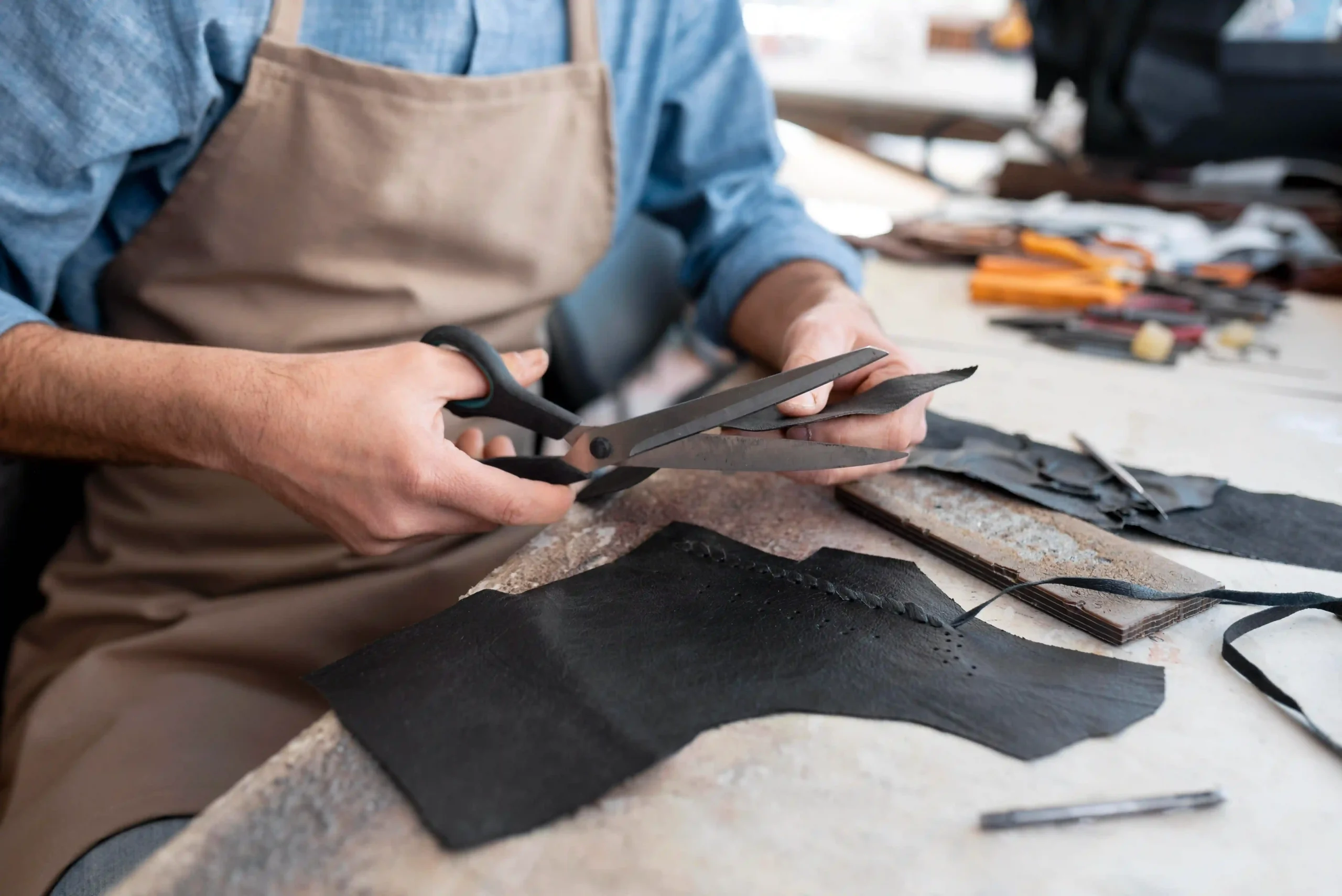Footwear product certification is a vital process for ensuring quality and safety in the shoe industry. It involves rigorous testing to meet specific standards, which can vary by region and product type.
Brands must navigate this complex process to gain consumer trust and comply with regulations. Certification not only enhances a brand’s reputation but also opens up new market opportunities.
Understanding the steps involved in footwear testing and certification can help brands improve product design and avoid costly recalls.
What is Footwear Product Certification?
Footwear product certification is a formal process to verify that shoes meet safety and quality standards. These standards ensure that products are fit for their intended purpose and safe for consumers to use.
Certification involves thorough testing and inspections of materials and construction. This helps identify any potential hazards or quality issues.
Key aspects of footwear product certification include:
- Safety and durability testing
- Compliance with environmental and ethical standards
- Performance assessments under different conditions
Each of these components is crucial for maintaining consumer trust and satisfaction.
Why is Certification Important for Footwear Brands?
Footwear certification is essential for brands seeking to assure quality and consumer safety. Certification helps meet regulatory requirements, avoiding potential legal issues and costly recalls.
Certified products often gain consumer trust more easily, leading to increased sales and brand loyalty. Consumers today are increasingly aware of safety and quality, making certification crucial.
Benefits of footwear certification include:
Enhanced brand reputation
Compliance with international trade laws
Identification of areas for product improvement
Ultimately, certification provides a competitive edge and fosters long-term customer relationships.
Key Steps in the Footwear Certification Process
Main steps in the process typically include:
Selecting appropriate certification standards
Conducting comprehensive footwear testing
Receiving certification from approved bodies
The footwear certification process begins with identifying relevant certification standards. Brands must choose standards that align with their target markets and product uses.
Following this, the testing phase involves meticulous scrutiny of materials and construction. Common tests include assessments for durability, slip resistance, and chemical safety.
Brands often collaborate with independent labs for objective, reliable testing results. This ensures unbiased assessments and fosters improvements in product design.
Certification does not end with testing. Brands must ensure continuous compliance through regular reviews and updates. This ongoing process is crucial for maintaining product quality and accessing new market opportunities.

Common Footwear Testing Methods
Testing methods often encompass:
Mechanical testing for stress resilience
Chemical safety assessments
Environmental durability evaluations
Footwear testing involves various methods to ensure product quality and safety. These tests aim to verify the durability and performance of footwear under different conditions.
Key testing methods include mechanical assessments for stress and strain. Physical tests, such as abrasion and impact tests, evaluate footwear’s endurance.
Chemical tests check for harmful substances that could affect wearer safety. Environmental tests ensure that footwear withstands diverse weather conditions.
These evaluations help brands identify potential improvements, ensuring footwear meets all necessary standards and consumer expectations.
How Brands Choose Certification Bodies and Standards
Choosing the right certification body and standards is crucial for footwear brands. Brands consider factors such as geographic scope and reputation of the certifying body.
Many brands prefer international standards for wider market access. They assess certification bodies based on expertise, experience, and credibility. Companies also choose standards based on product type and target market.
Considerations often include:
Global reach and reputation
Relevant expertise in footwear
Alignment with brand goals
Ongoing Compliance and Market Benefits
Maintaining compliance with footwear certification standards benefits brands in the long run. Regular updates ensure products consistently meet safety and quality benchmarks. This vigilance helps avoid potential legal and market pitfalls.
Market benefits include:
Access to broader markets
Enhanced brand credibility
Stronger consumer trust
Certified products can access new markets and enhance brand reputation. Consumers trust certified products, increasing loyalty and satisfaction.
